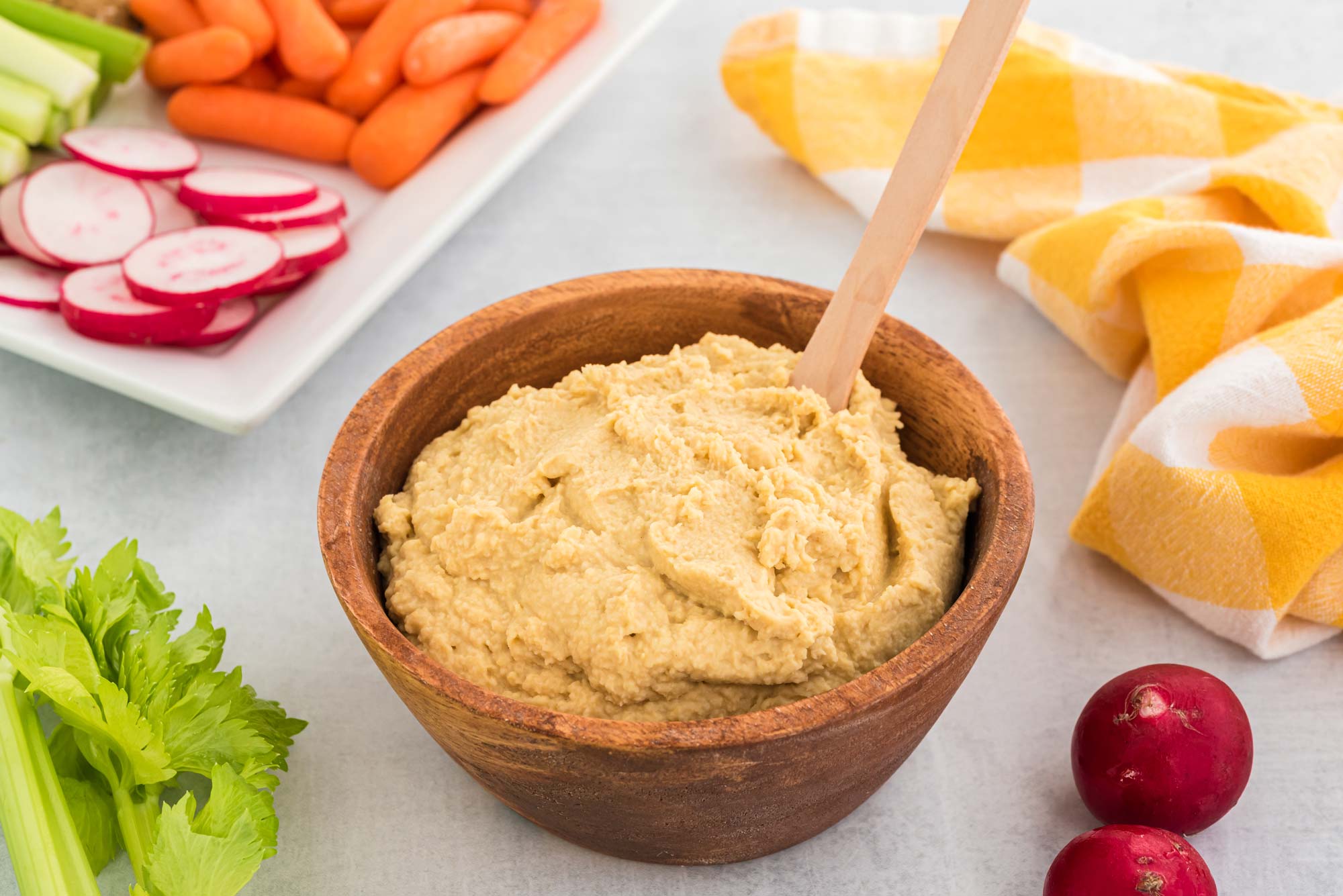By Jyl Steinback – Executive Director of Shape Up Us, a nonprofit organization dedicated to “Building a Healthier Future” by empowering children and families to lead healthier, happier lives.
Educating our children at home and in our schools, about the power of their food choices, is a core part of preparing them for a healthy future. By creatively teaching our kids plant-based nutrition, and how to add more nutritious plant options to their daily choices, we can also help care for our Earth. And we can ensure a lasting legacy of health, happiness, and sustainability for this generation and the ones to come.
A key to achieving this vision lies in an educational approach that also engages, empowers, and entertains kids. Adopting this approach at home and in our schools is a ground-breaking platform to advance the food revolution for, and with, our children.
If we plant the seeds of healthy eating in our kids at an early age, through this culture shift in nutrition, they will soon see it as normal. And, as a result, they’ll be able to pass along this transformative, healthy lifestyle to future generations. (And maybe even influence a few adults in the process!)
The Obesity Epidemic

We live in unprecedented times. There are so many challenges facing the human race that we have never wrestled with before. Despite all the headline-dominating issues, we face another serious health challenge in our kitchens and our kids’ school cafeterias: the ongoing global obesity epidemic. This crisis fuels type 2 diabetes, heart disease, and many other chronic health ailments in both children and adults. And it has far-reaching, long-lasting effects on our society.
The good news is that by forming new habits based on wisdom and science, that focuses more on prevention than crisis management, we can all do something to turn this epidemic around. In doing so, we can make headway daily towards creating an environment of greater health and vitality for our children, our society, and our planet.
Fighting Childhood Obesity
“Obesity now affects 18.5% of all children and adolescents in the United States – nearly 14 million kids,” according to a 2017 report by the Centers for Disease Control and Prevention. And worldwide, over 38 million children under the age of five were considered obese as of 2019.
But despite all the wellness programs designed to fight childhood obesity, the rates continue to increase. Clearly, we need a new approach to solve our obesity epidemic.
In order to reduce obesity and increase healthier living for all, there are three key obstacles we need to work on overcoming.
Knowledge & Misinformation
I think most people know they should eat healthier, but they aren’t sure how to do it. There is so much misinformation about healthy eating that it’s hard to know what to believe. Plus, there’s a good bit of denial about what we are actually eating. One study of mothers found that more than 80% overestimated the quality of their child’s diet. And according to a 2016 NPR article, 75% of Americans say they eat healthily, but “more than 80% of Americans fail to eat the recommended amounts of fruits and vegetables.”
And even if we know what foods to eat, in general, we tend to overeat. Serving sizes are often overlooked in favor of satiation. But portion control and limiting our intake of food, especially unhealthy food, is key.
There’s also considerable misinformation around food items that appear healthy. For example, more than ⅔ of Americans think granola bars (which are high in sugar and additives) are healthy, while fewer than ⅓ of nutritionists do. This false conclusion by consumers is likely influenced by heavy food industry marketing, including rampant celebrity endorsements, as well as packaging claims and “greenwashing.”
Junk Food Marketing
Junk food marketing is sadly one of the most pervasive influences on nutrition for children. Companies with seemingly unlimited marketing budgets relentlessly present our kids with enticing but unhealthy snack and meal options. In fact, the American Psychological Association has found that today’s children, ages 8 to 18, consume multiple types of media (often simultaneously) and spend more time (44.5 hours per week) in front of screens than any other activity in their lives except sleeping. And research has found strong associations between increases in advertising for non-nutritious foods and rates of childhood obesity.
As they spend more time with mass media, children are inundated with advertising for junk food. According to the Prevention Institute: The food and beverage industry aims $2 billion annually at marketing to children. As a result, children see at least 10 food-related ads daily. And 98% of these ads are for products high in fat, sugar, and/or sodium.
Motivation
But while knowing how to eat healthfully is one thing, doing it is quite another. Just like wearing the “right” clothes, if children are not eating these heavily marketed foods, they’re often subjected to bullying and ostracization. As a result, peer pressure can lead to feelings of confusion around food and a need to “conform” in order to fit in with their peers.
Sometimes children are even bullied for bringing their own healthy lunches to school. But unfortunately, the nutritional choices offered by our school cafeterias are also part of the problem. Schools are certainly influenced by the marketing heft of the food industry and give in to the temptation of inexpensive and subsidized food choices, which are often less healthy. (Editor’s Note: For more on school lunch reform, check out our article here.)
Approval can be a big motivator for kids, whether it’s from adults or their peers. But a lack of approval or motivation to make better nutrition choices can hold people back too. Change is hard. But if adults communicate the right “why” behind our efforts to get children to eat better, as well as what’s waiting for them on the other side of those changes, we can and will break through.
Food Addiction
For many people, however, motivation alone isn’t usually enough to solve the problem of healthy eating. Some people are more susceptible to the effects of junk food (particularly those containing sugar) than others.
A National Institute of Health study reports, “Food addiction seems plausible because brain pathways that evolved to respond to natural rewards are also activated by addictive drugs. Sugar is noteworthy as a substance that releases opioids and dopamine and thus might have addictive potential.”
And a study published in the December 2018 issue of Appetite also indicates that people who reduced their consumption of highly processed foods experienced many of the same symptoms as those who withdraw from cigarette or marijuana usage.
Any viable solution to this crisis, in which the health and well-being of our children are at serious risk, must include an alternative to the pervasive message that an abundance of junk food and a lack of physical activity is somehow acceptable in our society. And while this should apply to everyone, our best hope is to start with the kids.
Educating Children About Nutrition

Every school day, 52 million young people attend more than 110,000 schools across the United States. And as of this writing, with more children than ever being homeschooled or doing online schooling because of COVID-19, I believe that our schools and homeschools are the places we need to start making a positive impact on the health of our nation.
Kids have established patterns of behavior informed by our examples and choices as adults. Since these patterns developed under our watch, it’s high time we work together as families, schools, and communities to implement programs contributing to the prevention of unhealthy lifestyles, obesity, and disease. As we do this, we will be able to create more positive health and educational outcomes for children on their way to adulthood.
Education=Power=Action=Solution

A wellness literacy curriculum in K-6th grade classrooms that has a sharp focus on plant-based nutrition and lifestyle is one way to begin engaging children and teaching them about healthy food choices.
The model below – which can be used at school and at home – is one solution we can use to help develop lifestyle and behavioral changes in children.
Education
If “knowledge is power,” then education is a plug through which we can deliver it. In this model, we can use education to ensure children understand that they have the power, and then motivate them to use it to transform our culture.
Power
A fundamental component of this approach is to engage children and show them their innate abilities. Their power to choose better options. Their power to educate adults with what they have learned. It is in the exercise of this power to choose that they recognize the real extent of their power, and this drives them to take even more action.
Action
By educating children and sharing with them the choices they have through their own power, and encouraging them to use that power to act and make better choices, we have seen that real change can be affected. And it all starts with them as they positively influence their parents, teachers, and the communities in which they live.
Solution
One of the most basic yet important choices children make is what they put into their bodies. I am a strong advocate of education that empowers the whole child: mentally, physically, social-emotionally, and financially. An educational wellness curriculum should include the principles of a plant-nutritious lifestyle.
Realizing the Nutritional Mission

So, how do we realize this mission to increase healthy living and deliver the benefits of doing so to all? How do we, as parents and individuals, teach children not just how to take better care of themselves but also how doing so will benefit our Earth?
Specifically, we should focus on:
Engagement
Show children their ability to own their future and the benefits of doing so. Teaching them through Personalized Learning — grouping the programs for K-3rd and 4th-6th grades — allows each child to learn at their own pace and in their own “best” way. That way, we can meet the child where they are mentally, physically, and emotionally — and empower them to feel great about themselves.
Empowerment
Involve children in the model of Education=Power=Action=Solution. Teach them to teach. Teach them to be resilient, happier, and healthier adults. And use an effective cycle of education:
- Train the trainer
- Trainer trains the child
- Child makes changes and trains the adults
- Adults make changes
Entertainment
A most effective approach integrates a full spectrum of self-discovery and self-esteem techniques while facilitating exciting art, music, and physical activities that engage with all five senses. Techniques should include healthy eating, movement, stress reduction, creativity building, positive group dynamics, critical thinking, character development, and community involvement.
Strategies for Improving Nutrition for Children

How we move from where we are now to where we can and should be hinges on the implementation of effective strategies for change. Here are some simple yet impactful examples of strategies that we can use.
Kids’ Involvement
Involving kids in the selection and creation of the food they eat is an effective way to familiarize them with their food choices. And by choosing foods that taste good and are fun to make, kids are inclined to keep coming back for more.
But fun is the operative word here. Using food as a core element of fun, educational activities can check all three boxes of an effective strategy: Engagement, Empowerment, and Entertainment. Some good resources for kids’ activities are on the American College of Lifestyle Medicine website and my nonprofit Shape Up Us’s website. For a kids’ activity guide, send me an email at [email protected], and I’ll send you one for free.
Cruising the Salad Bar Activity
Here’s a fun food activity called Cruising The Salad Bar. Create two salads by selecting vegetables from each of the different color groups in the chart below. Then, name each salad.


Kid-Centric Nutrition Apps
There are many smartphone apps like Plant-Based Meals For Kids, Forks Plant-Based Recipes, and Veggie Circus Farm, which teach kids about growing vegetables and herbs, food categories and nutrients, as well as cooking. They can use fun apps like these to help plan meals and learn about nutrition. After you plan some meals, let them help find and select the ingredients for recipes at the store. You can even make a game out of it.
Preparing Recipes Together
Kids like to eat things they prepare. Let older kids cut vegetables into fun shapes for their younger siblings. Who wouldn’t eat a star-shaped potato? Get the younger kids to help give recipes fun names. A non-dairy cheeze sauce for broccoli could become Cheezy Tree Dip.
Here are a few simple recipes that are easy to get kids involved in.
1. Watermelon Pizza Party

2. Hummus

3. Eye-Popping Fruit Kebabs

4. Healthy Popcorn Balls

5. Ants on a Log

In Conclusion

Educators and parents can and should provide our children with engaging, empowering, and entertaining resources with the benefits of plant-nutritious living at their core. This is how our children can and do become the next leaders of the food revolution. As adults, we must ensure that kids understand their power to make change and the role that plant-based nutrition plays in it. This positive change can and will alter the alarming trajectory of the Earth and the lives we lead as its inhabitants, resulting in a healthier, more ethical, and sustainable world for all.
———–
About Shape Up Us
Shape Up Us is a 501c3 nonprofit corporation dedicated to “Building A Healthier Future” by empowering children and families to lead healthier, happier lives. Shape Up Us provides teachers, children, parents, and communities at large with educational tools to create healthy, lifelong habits to improve their overall wellness. With a focus on health, physical exercise, nutrition, and mental and emotional well-being, we accomplish our mission of building healthy futures for our children through a three-pronged approach of: AWARENESS! EDUCATION! ACTION!
Our vision to achieve this ambitious mission of “Building a Healthier Future” is that ALL children will gain the knowledge and hands-on experience that will shape their lives to becoming healthier, happier, and resilient adults.
You can learn more about our programs and ways to help your kids adopt a plant-based nutritional lifestyle by contacting Jyl Steinback directly at [email protected] or via our website.
Tell us in the comments:
- Do you have children in your life? How can you inspire them to care about healthy eating?
- What other educational resources do you know of that promote plant-based nutrition for children?
- What other ways can we help fight the childhood obesity epidemic?
Feature image: iStock.com/FamVeld




